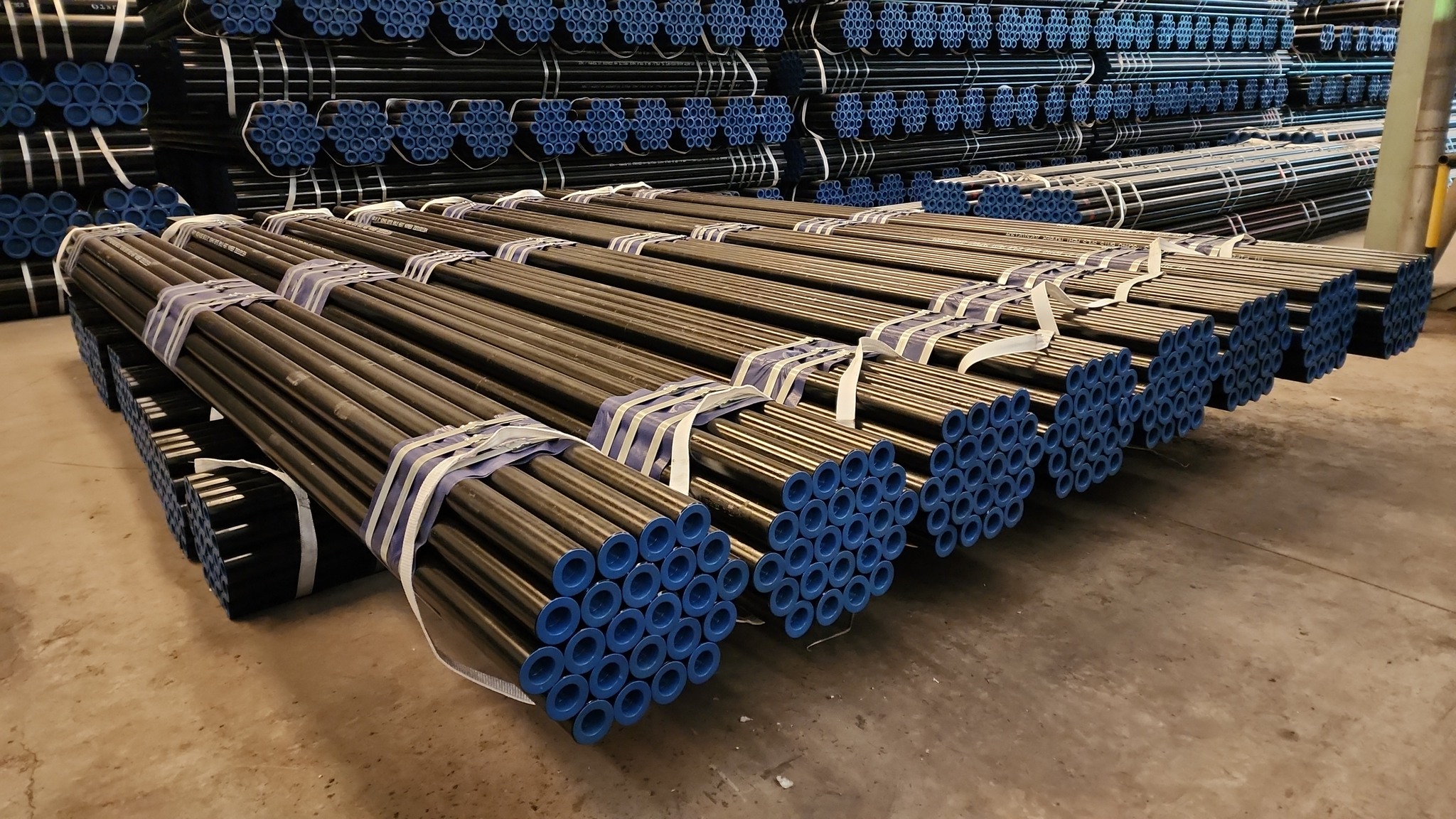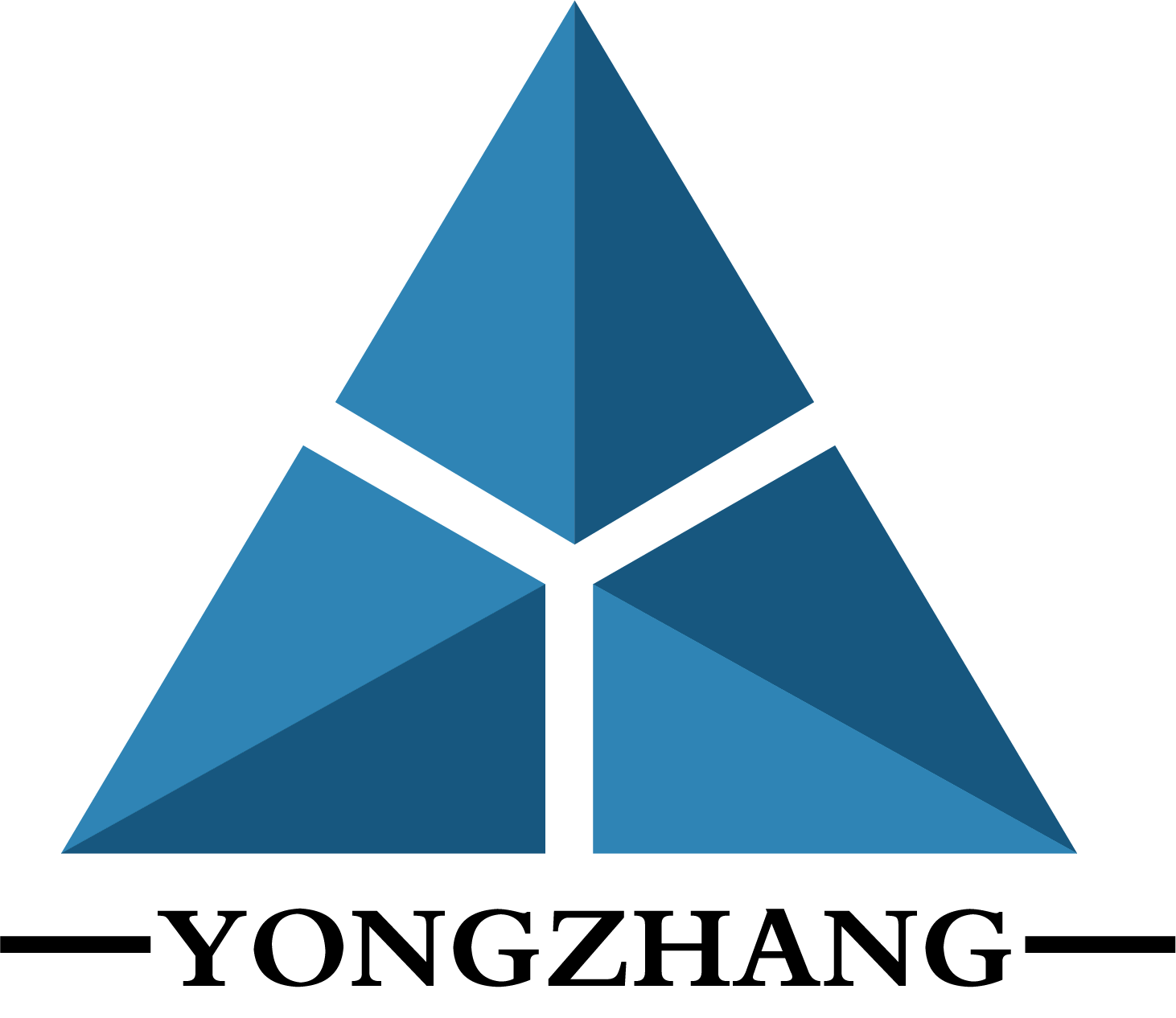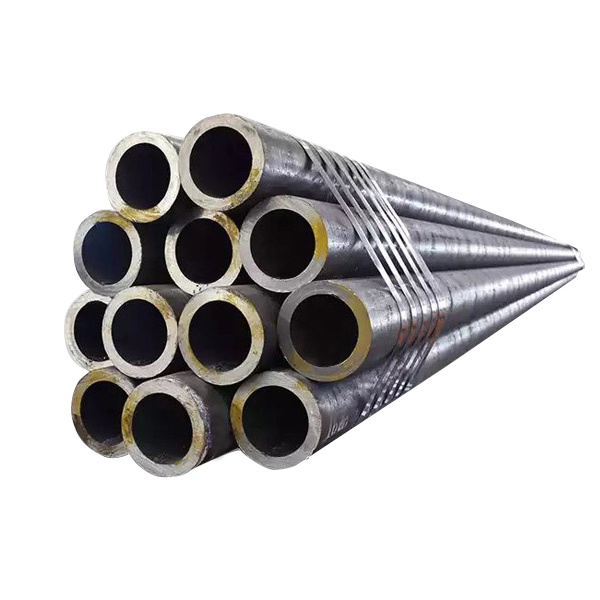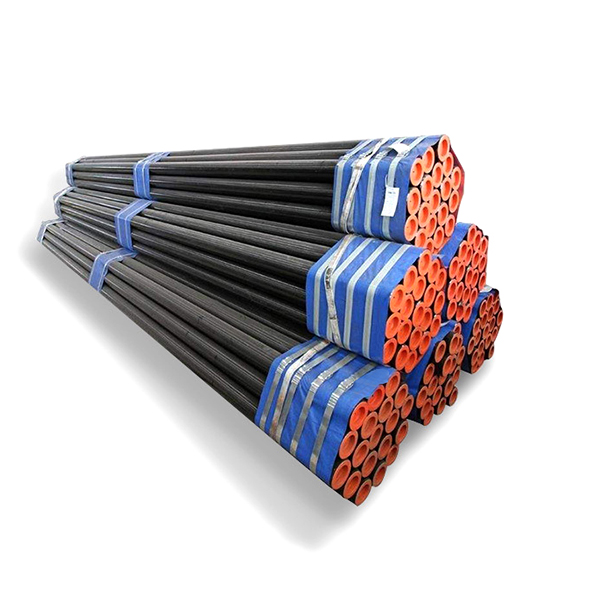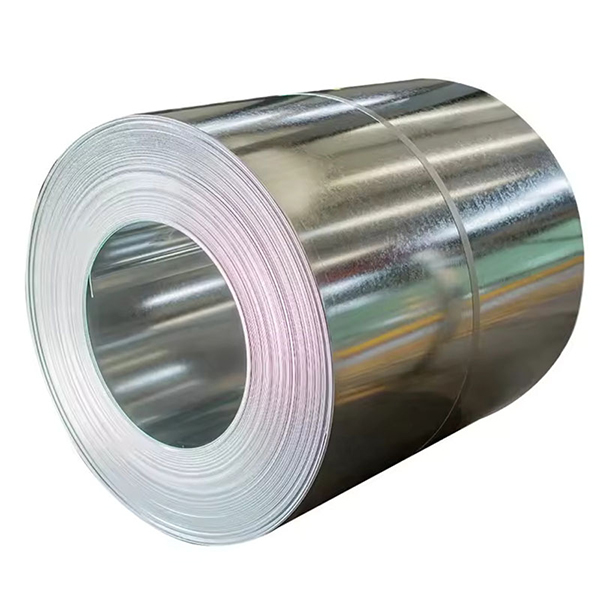API 5L standards and features
What is API 5L?
API 5L is a standard developed by the American Petroleum Institute (API) for seamless and welded steel pipes used in oil and gas pipelines and related systems. The standard is designed to ensure the mechanical and chemical performance of pipes under harsh conditions such as high pressure, extreme temperatures and corrosive environments.
Key features of API 5L
Tensile strength and yield strength: This standard sets strict limits on tensile strength and yield strength to ensure the safety of pipelines in high-pressure delivery systems.
Ductility and toughness: Materials must meet specific ductility and toughness requirements to prevent brittle fracture, especially at low temperatures or high impact conditions.
Corrosion resistance: API 5L includes requirements for hydrogen sulfide (H₂S) and carbon dioxide (CO₂) corrosion resistance and is suitable for conveying acid gases and other corrosive substances.
Comparison with other API 5L levels (e.g. X52, X65)
The main difference between API 5L and API 5L is its expected application and performance requirements:
API 5L is suitable for extreme conditions (high pressure, corrosive environments, harsh temperatures) with excellent strength, toughness and corrosion resistance.
The API 5L class (e.g. X52, X65) is more versatile and cost-effective for standard pipeline applications, especially long distance pipeline applications.
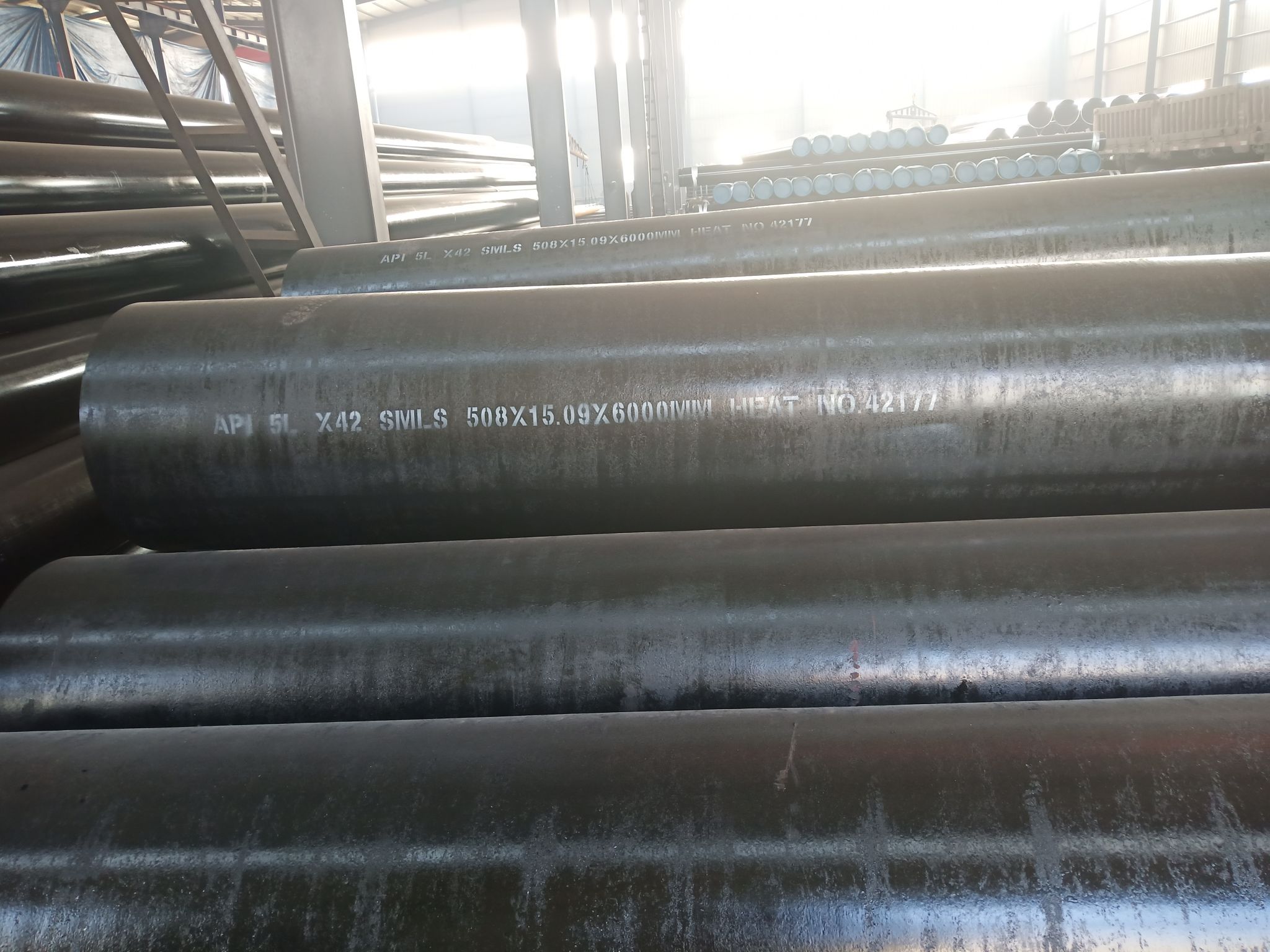
API 5L pipe properties and applications
1. API 5L level X42
Features:
Tensile strength: 60-80 ksi (414-552 MPa)
Yield strength: 42ksi (290MPa)
Features: Basic strength and pressure handling capacity. Suitable for standard piping systems.
Applications:
Onshore oil and gas pipelines for low pressure systems.
Suitable for water piping and general industrial applications.
2. API 5L level X52
Features:
Tensile strength: 70-90 ksi (483-620 MPa)
Yield strength: 52ksi (358MPa)
Features: Moderate strength, increased resistance to pressure and stress for more demanding piping applications.
Applications:
It is common in onshore pipelines, especially for gas and crude oil transportation.
Used in water treatment plants and the chemical industry.
3. API 5L level X65
Features:
Tensile strength: 85-100 ksi (586-690 MPa)
Yield strength: 65ksi (448MPa)
Features: Higher strength, designed for higher pressure and larger diameter pipes.
Applications:
Offshore pipelines and deepwater oil and gas transport.
Used for high pressure gas lines and pipeline transportation under harsh conditions.
4. API 5L level X70
Features:
Tensile strength: 95-105 ksi (655-724 MPa)
Yield strength: 70ksi (483MPa)
Features: Enhanced mechanical properties to withstand higher pressures, including resistance to cracking and fatigue.
Applications:
Deepwater pipeline projects and high pressure and high temperature applications.
Onshore and offshore gas pipelines for areas with extreme environmental conditions.
5. API 5L level X80
Features:
Tensile strength: 100-110 ksi (689-758 MPa)
Yield strength: 80ksi (552MPa)
Features: API 5L rated for maximum strength, ideal for extremely high pressure pipelines and harsh environmental conditions.
Applications:
High-pressure gas lines.
It is used for submarine pipelines, natural gas transportation and crude oil transportation in remote or difficult environments.
Higher grades (X65, X70, X80) : Designed for higher pressures, extreme conditions and long distances. These are commonly used in offshore, deep water and high pressure systems.
Lower grades (X42, X52) : More suitable for onshore pipelines, low pressure environments and general transportation.
